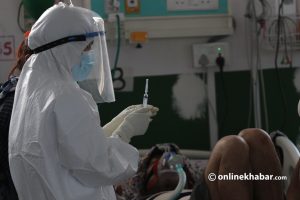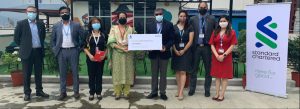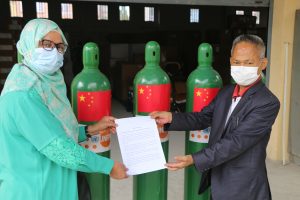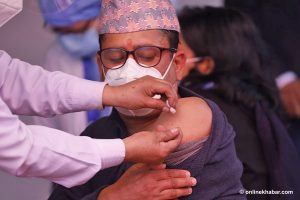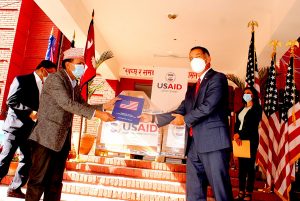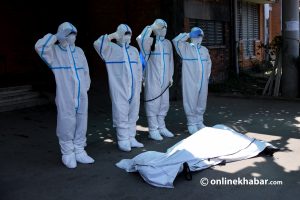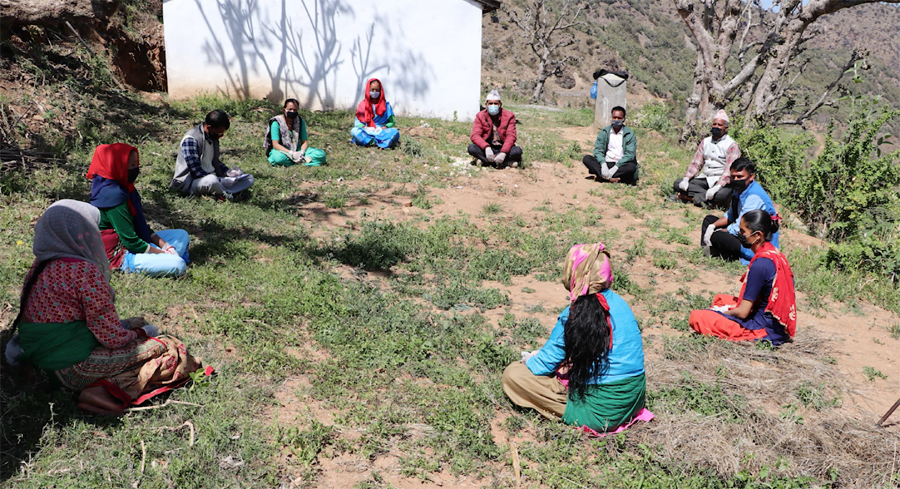
Nepal is going through some truly testing times now. The number of Covid-19 patients identified in the country has reached 191 so far, and it is apparent that our health system is struggling to handle a crisis of this enormity. There are, however, a number of efficient and innovative community-led practices that the government could immediately emulate across the country to more effectively track, trace, test, and treat individuals who have contracted the disease.
On 24 March 2020, the government of Nepal announced a nationwide lockdown to prevent the ‘import’ of the virus. The tracing and testing strategy, however, was snail-paced at its best. The government increased testing only in the third week of the lockdown, meaning that the first 14 days were essentially wasted. Had the government worked proactively in the initial two weeks, the process of gradually lifting the lockdown could have begun by now.
Under federalism, the onus for planning and implementing control measures during a crisis such as this one lies on the local governments. On the other hand, the management of public health emergencies, health sector disasters, and epidemics are a cross-cutting function across all three levels of governance. Considering this, the local governments can take an innovative approach through ‘unit action teams’ to complement the efforts of the federal and provincial governments in fighting the Covid-19 pandemic.
In fact, a few local governments of Nepal have already put this strategy to test. Among them, the Simta rural municipality of Surkhet district in Karnali is the first onboard. The results, so far, have been encouraging.
Unit action team: An introduction
A ‘unit,’ in this case, is a population cluster that comprises 20-30 households. Local governments determine this by considering the pockets of households and their geographical accessibility. Every unit has at least one unit action team (UAT) that will be led by a locally nominated team leader. Depending on the population, there can be several UATs in each ward, which can be coordinated by the respective ward chairperson. Each ward chairperson can also be responsible for the coordination of UAT activities across municipalities. The mayor or chairperson of each local government can have the overall responsibility of formalising and implementing the UAT initiative in the municipalities, along with coordinating with the federal and provincial governments as required.
Implementation
Simta rural municipality has been implementing the UAT approach for about a month now. It has around 75 UATs with three to 11 UATs per ward. Each UAT is made up of about five to 12 members with at least one female member in each group.
The tasks of the UAT members mainly come under what we refer to as the 4 ‘R’s: Record, Recognise, Regulate, and Report.
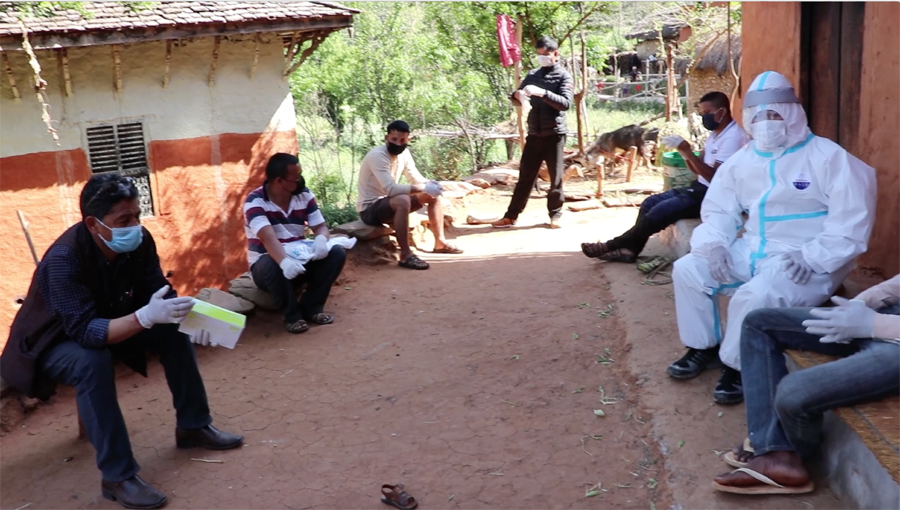
As part of the recording, the UATs initially compile a list of all individuals, with details including name, age, gender, address, travel history, and any signs or symptoms of Covid-19 they may be showing, such as fever, cough, and difficulty in breathing. They also put together a list of highly frequented public places.
The recognition function, meanwhile, involves conducting daily follow-ups with households that have returnees from abroad for any Covid-19-like signs and symptoms. If such symptoms are seen, the ward chairperson is the first to be informed, who then contacts health facilities for further management. The team also assists in looking after the basic needs of the families.
Keeping people informed about the spread of Covid-19 and instructing them on protective behaviours that need to be followed constitute the regulation. Additionally, the teams strictly monitor individual households and assess how far UAT members are complying with home quarantine and lockdown directives provided by the government. At the same time, risk communication efforts continue to amplify key preventive measures, such as the use of masks, safe sneezing, coughing, and handwashing.
Finally, the teams report on any new members being added to their respective units, detailing developments of signs and symptoms. Planning safe transfers to assigned hospitals is also part of their duties, as is reporting shortages of basic supplies and logistics to the local body.
Key achievements
In this way, recognising that the virus is extremely contagious and capable of asymptomatic spread, Simta rural municipality has been able to mobilise the community to join the battle against Covid-19. Since the implementation of the UAT approach, we have observed some visible changes.
So far, Simta has been able to quarantine 145 households for 14 days, supervised by the team leader of the respective UAT. These are the households whose members had recently travelled out of the country, mainly India. As of now, none of the quarantined members have shown any sign of Covid-19.
In addition, with the support of the UATs, the municipality has been able to identify ultra-poor and vulnerable families in the need for immediate assistance during the ongoing lockdown. They are being provided with food and other essential logistics by the municipality with strict monitoring from the UATs.
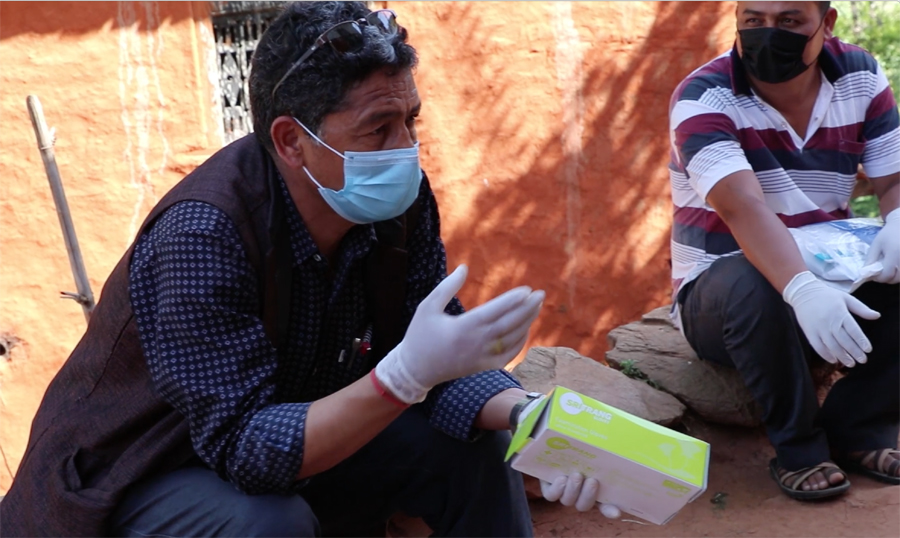
However, the process has not been entirely smooth. The municipality lacks a central database that could provide information on the daily inflow and outflow of the population, making it difficult to track the overall progress. Carrying out an effective risk communication aimed at motivating the community was also a challenge, as was ensuring a steady supply of water for handwashing and sanitation facilities. Another issue had to do with the guidelines for Covid-19, which are primarily designed for the health sector. But given that a majority of the residents of Simta are farmers who own livestock, there was a clear need for guidelines and communication materials targeted at the agriculture sector.
The lockdown is only a means to prevent the spread of the disease, not an end. We urge the central government to emulate the standard practice of the UATs across the country. This unique community-based practice represents a reliable and sustainable approach for the local bodies to fight epidemics, as well as having the potential to work not just across different sectors, but also to set an example for other countries that are fighting the same battle.
Mahat is a public health specialist and Karki is a UAT initiator and social campaigner.




